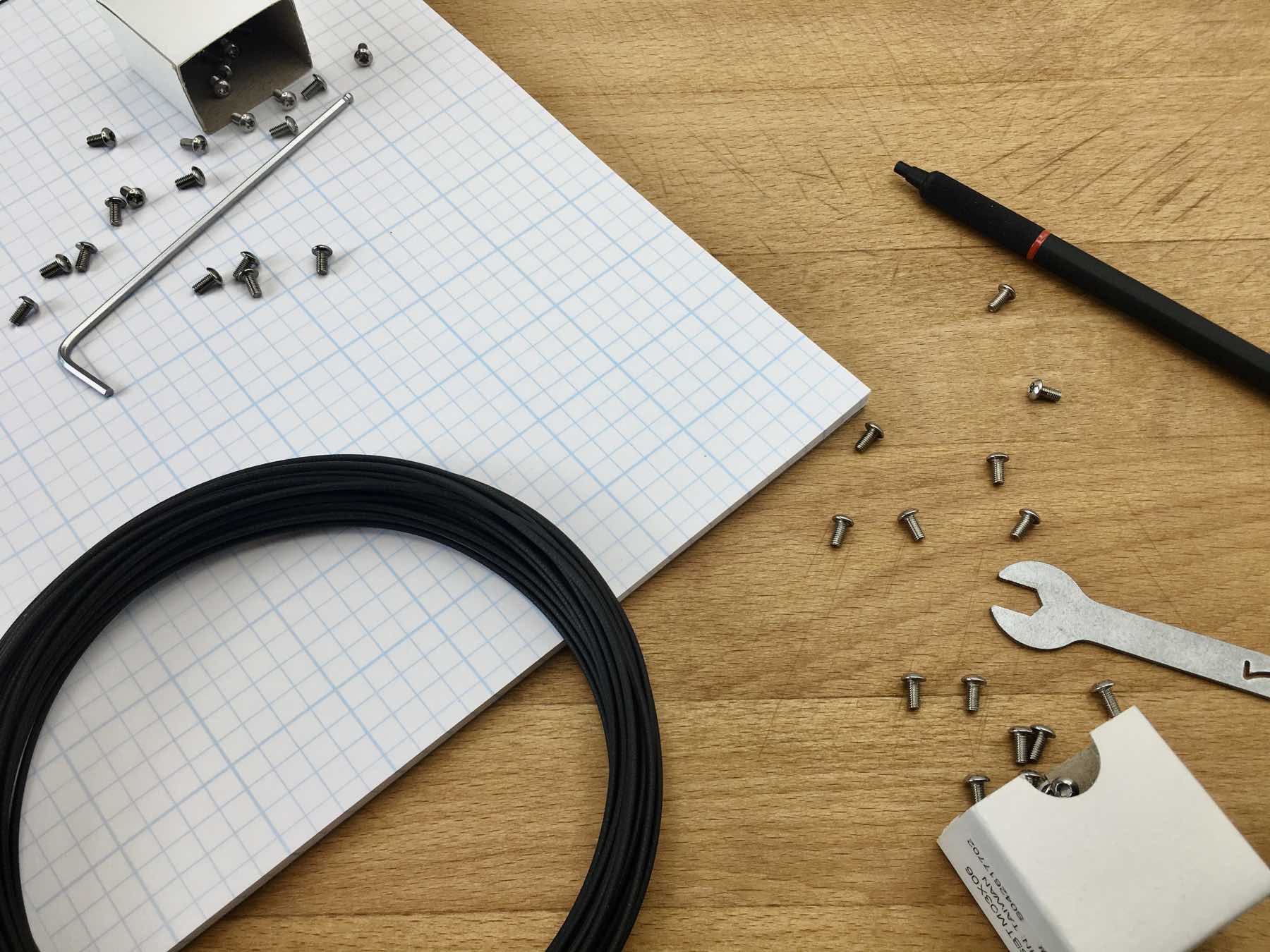Fiberlogy
Fiberlogy ABS ESD Filament - Sample Size 18-40gm, (Sample Size) 1.75mm, Electronic Parts End Use, High Impact Resistance
Fiberlogy ABS ESD Filament - Sample Size 18-40gm, (Sample Size) 1.75mm, Electronic Parts End Use, High Impact Resistance
Couldn't load pickup availability
Sample Size:
Samples are a great option for trying out a new material, color or when comparing different testing parameters of similar options. Samples vary in weight as different materials have different densities and generally range from 18-40 grams as packaged from Poland.
Key Features:
- High resistance to electrostatic discharge and chemicals
- High impact strength
- Resistance to high temperatures and scratching
- Prints created with ABS ESD can be mechanically and chemically processed
- Engineered and created in Poland using highly specialized machinery and carefully selected raw materials
Safe Electronics
ESD Fiberlogy filament was created to protect electronic components which are sensitive to electrostatic discharges.
The material has high dissipation and antistatic properties with respect to energy coming from discharges, and it is able to prevent damage or significantly reduce the risk of damage to your electronic devices.
The destructive nature of electrostatic discharge leads to the generation of high costs related to the maintenance, repair and replacement of vulnerable components that companies have to bear, especially those which produce and use electronics in conditions that are conducive to the occurrence of the ESD effect.
The task of ABS ESD from Fiberlogy is to eliminate this threat. Therefore, the ESD filament will come in handy when printing housings for integrated circuits, sensors, connectors, measuring devices.
Printing Ideas and Applications:
- Electronics/Tech: housings, covers, cases, screens products equipped with diodes, connectors
- Tools and Tool Parts: tools for working with electronics, tools for making electronic components
- Parts and Transmission Tools: machine components, elements of equipment for employees and manufacturing plants
How to Print:
- Printing temperature: 250-265°C
- Bed temperature: 90-110°C
- Bed heating required
- Chamber heating is not required but when using we suggest to keep 80°C temperature

All of our materials have outstanding properties and parameters - diameter tolerance of +/- 0.02mm and oval tolerance of +0.01mm.
Share






